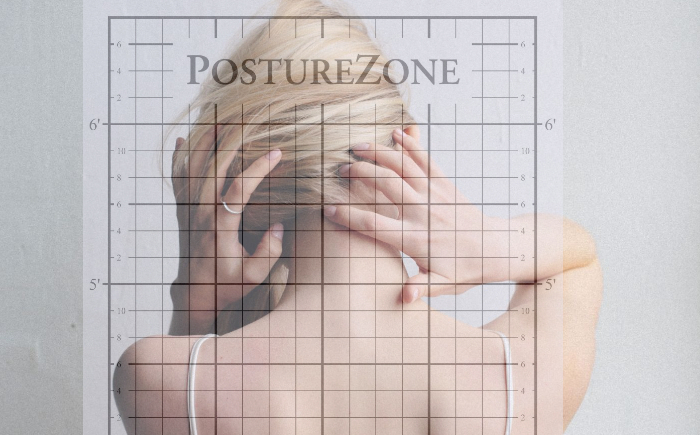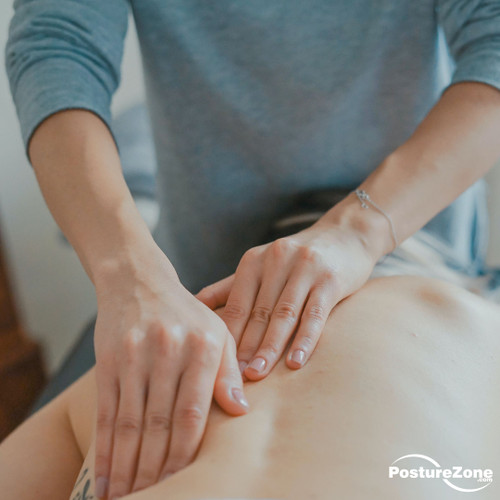Assessing Posture for Tailored Massage Treatment Plans
Posted by Renee North, CPEP, CPT on 1st Feb 2024
Understanding the Value of Posture Assessments for Massage Therapy Clients
Massage therapists understand posture intimately impacts muscle tension, range of motion, and pain. But it's easy to overlook posture analysis while caught up in hands-on techniques. Performing systematic posture evaluations reveals invaluable insights into clients’ structural imbalances, movement limitations, and dysfunctional patterns. This data enables creating customized treatment plans, tracking progress, and demonstrating tangible improvements.
Posture assessments are a powerful, yet underutilized tool that can elevate your massage therapy practice. When integrated into standard client care, they provide the foundation to deliver superior outcomes and increased value to clients.
Performing Posture Assessments
At the initial evaluation, take photographs of your client standing in front view, side view, and back view using a wall or door-mounted posture grid as a backdrop. This will allow you to analyze imbalances, asymmetries, and postural distortions. Repeat this process quarterly to track progress over time.

What You Can Learn from Assessments
A posture analysis reveals valuable information about your client's structure and body mechanics. You can identify poor standing or sitting habits, muscular imbalances, and range of motion limitations. This enables you to better communicate with the client about their areas of concern and correlate those to the images and then design customized treatment plans to address problem areas through modalities like:
- Myofascial release to loosen tight muscles
- Trigger point therapy to relieve muscle knots and address back pain
- Joint mobilization to improve restricted joint movement
- Stretching and strengthening exercises to correct imbalances
Use postural findings to determine appropriate massage techniques, stretches, and exercises to prescribe as homework. Assessments also provide objective data to share with clients, demonstrate progress, and motivate them to continue care.
Communicating with Clients
- Explain to clients the rationale for posture checks and how they benefit treatment planning.
- Show comparison photos over time to illustrate postural improvements like better alignment, reduced muscular tension, increased flexibility, and expanded range of motion.
- For areas that worsen, collaborate on solutions like adjusting workplace ergonomics, managing stress, improving nutrition and exercise habits, or referring to other providers like chiropractors or physical therapists.

Return on Investment
Posture assessments do require an initial time investment, but pay off through satisfied clients who see visual evidence of progress. This motivates client retention and referrals. Assessments also help you provide effective, targeted massage therapy while avoiding unnecessary or counterproductive treatments. Support your rationale by explaining how proper posture alignment reduces abnormal wear-and-tear on joints, prevents pain and injuries, and improves function.
Integrating posture pictures into your massage practice helps provide more comprehensive, evidence-based care that gets results. This investment in your clients' long-term wellbeing and your business growth is well worth the time. Let assessments guide you in delivering the best possible outcomes.
The best posture grid for massage therapists:
- Wall Mount Grid - Fits all body types, durable, comes in Metric Grid as well for international clients and research
- Door Mount Grid - This slimline grid can be installed on any door or wall, durable. Best grid for small spaces.
- Portable Posture Grid - Sets up in seconds, and can be brought outdoors for special events. Best grid for a mobile medical massage therapy practice.
Get Started with Posture Analysis:
- Posture Pictures online education course - a quick 90 minutes, watch anytime, rewatch, and go at your own pace
- Posture Pictures book - a fast-read that will get you started the same day, includes forms.
Massage Therapist Continuing Education in Posture Analysis & Correction:
- Posture & Balance Assessment, Rehabilitation & Motor Control Exercise is an NCBTMB CE approved course for massage therapy continuing education. Students learn a complete posture assessment and rehab program.


